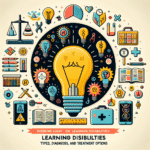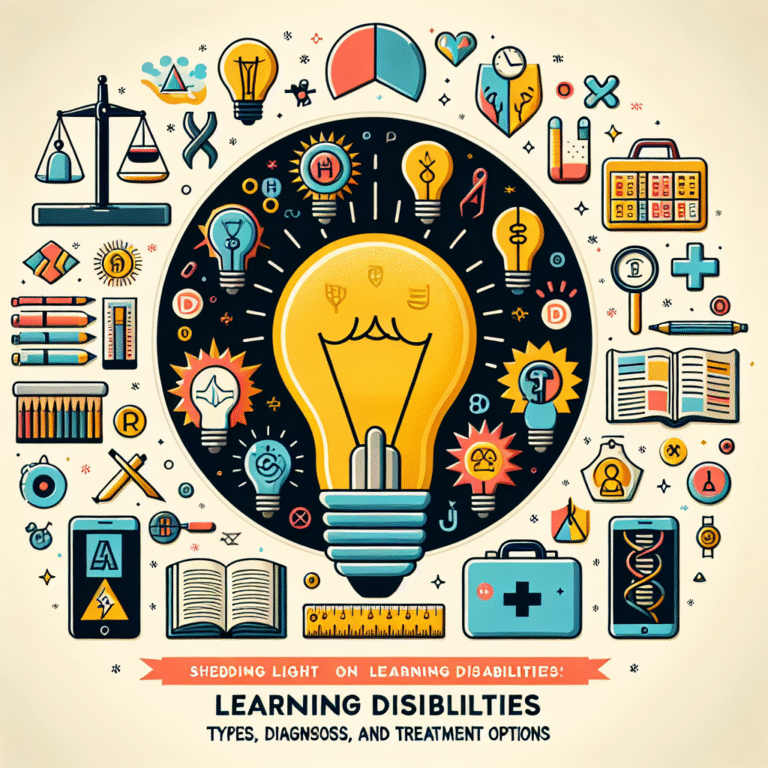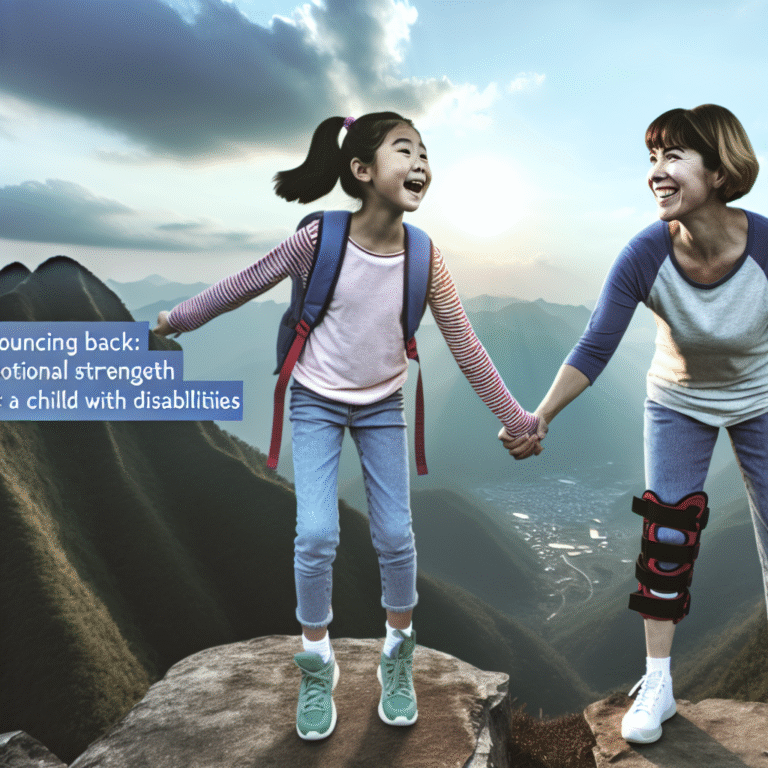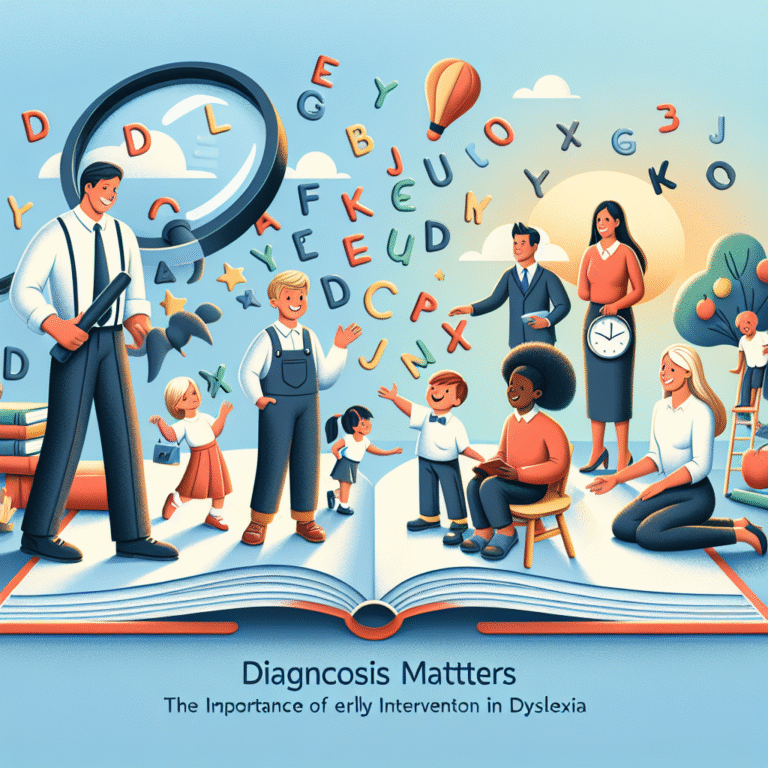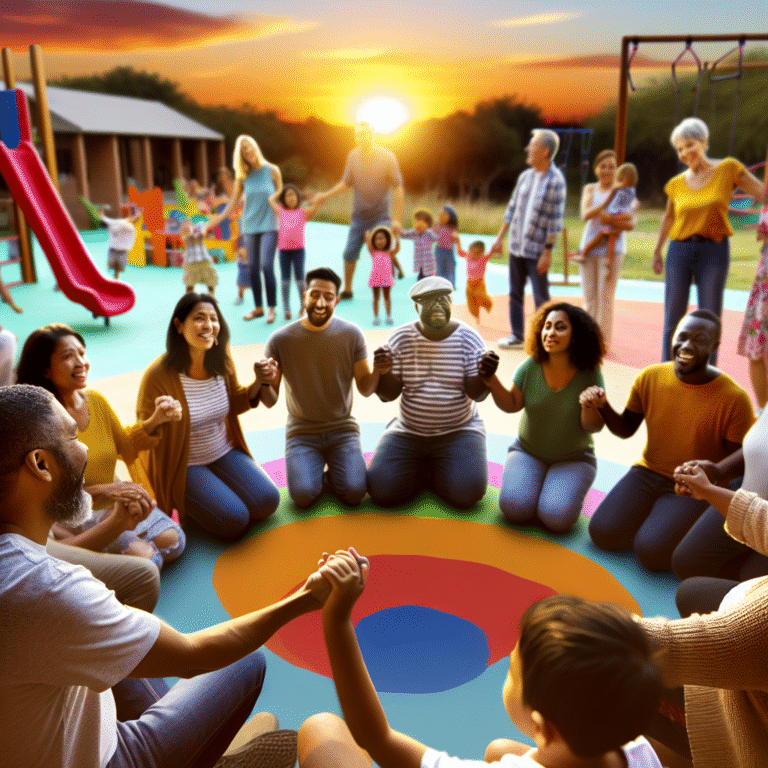
Beyond Differentiation: Advanced Techniques for Supporting Every Student
Introduction: Embracing Every Learner’s Journey
In today’s dynamic educational landscape, the need to cater to diverse learning needs and styles transcends traditional differentiation methods. It has become essential for educators to adopt advanced techniques that provide robust, inclusive support for every student. Beyond Differentiation: Advanced Techniques for Supporting Every Student is not just a catchphrase but a transformative approach that fosters learning environments where all students thrive.
As classrooms become increasingly diverse, educators are challenged to bridge gaps in understanding, skills, and backgrounds. This article will delve into advanced strategies designed to empower every learner, dissecting case studies and best practices, all while maintaining a conversational yet professional tone. Each section will provide practical insights, aiming to inspire educators to integrate innovative techniques into their teaching repertoire.
Understanding the Need for Advanced Techniques
The Shift from Traditional to Advanced Techniques
Differentiation has long been a cornerstone of personalized education. However, the complexity and variety of students’ needs have prompted a re-evaluation of traditional approaches. Advanced techniques move beyond mere accommodation of different learning styles; they advocate for a holistic understanding of the learner in context.
Case Study: A school district in California implemented a multi-tiered support system (MTSS) that goes beyond differentiation. By instilling a culture of shared responsibility for student success, they witnessed a 25% increase in student engagement scores across diverse demographics.
| Support Level | Description | Outcome |
|---|---|---|
| Tier 1 | Universal Design for Learning (UDL) | Increased accessibility to content |
| Tier 2 | Targeted small group interventions | Enhanced skill acquisition |
| Tier 3 | Intensive individualized support | Significant academic growth |
Advanced Techniques for Inclusive Learning
1. Universal Design for Learning (UDL)
Beyond Differentiation: Advanced Techniques for Supporting Every Student begins with Universal Design for Learning (UDL), which emphasizes flexibility in teaching methods, materials, and assessment to accommodate individual learners. UDL promotes three primary principles:
- Multiple Means of Engagement: Creating a stimulating learning environment that caters to students’ interests.
- Multiple Means of Representation: Offering information in varied formats (visual, auditory, tactile) to enhance comprehension.
- Multiple Means of Action and Expression: Allowing students to demonstrate their understanding through various methods.
Case Study: A middle school in Texas adopted UDL principles and reported a 40% increase in student participation and motivation due to diverse engagement strategies that resonated with students personally.
2. Data-Driven Personalization
Leveraging data to inform instruction enables educators to tailor their teaching to the unique needs of each student. By regularly collecting data on student performance and adapting lesson plans accordingly, teachers can create personalized pathways for learning.
Example: Implementing formative assessments such as exit tickets and performance tasks helps educators gauge student understanding in real-time, facilitating timely interventions.
Analysis: Schools that embraced data-driven approaches often saw improvements in achievement levels, with one district noting a 30% decrease in the number of students failing courses due to timely support interventions.
3. Flexible Grouping Strategies
Flexibility in grouping students creates opportunities for collaborative learning while addressing varied skill levels. By strategically grouping students based on interests, readiness, or learning profiles, educators can encourage peer-to-peer interaction and diverse perspectives.
Case Study: A language arts classroom in New York utilized flexible grouping during literature circles. Students were grouped based on their reading levels, interests, and social dynamics, resulting in greater engagement and a 50% increase in comprehension assessments.
4. Culturally Responsive Teaching
Understanding and incorporating students’ cultural backgrounds into the curriculum can enhance engagement and learning. Culturally responsive teaching emphasizes the importance of acknowledging and respecting diversity within the classroom.
Example: Teachers can integrate literature and historical perspectives from various cultures, allowing students to connect personally with the material.
Analysis: A study in a Pennsylvania high school revealed that culturally responsive practices led to a 20% boost in student satisfaction, particularly among marginalized groups.
5. Integrating Social-Emotional Learning (SEL)
Supporting students emotionally can dramatically impact their academic performance. Integrating social-emotional learning into the curriculum allows educators to cultivate a supportive environment.
Case Study: A high school in Illinois incorporated SEL through restorative practices and mindfulness activities, yielding a significant drop in disciplinary issues and an increase in overall academic performance.
| Social-Emotional Component | Strategies | Potential Benefits |
|---|---|---|
| Self-awareness | Reflection journals | Enhanced emotional regulation |
| Relationship skills | Peer mentoring | Improved conflict resolution skills |
| Responsible decision-making | Scenario-based learning | Better academic choices |
Technology-Enhanced Personalized Learning
6. Adaptive Learning Technologies
Incorporating adaptive learning technologies allows for customized educational experiences. These platforms adjust the complexity of tasks based on real-time analysis of student performance, ensuring each learner progresses at their own pace.
Example: A mathematics program that identifies individual gaps in knowledge can offer tailored tutorials, boosting student confidence and understanding.
Analysis: Schools using adaptive technologies often report higher student performance and engagement levels, with one district noting a 35% improvement in standardized test scores.
7. Gamification in Education
Using game mechanics in educational settings can increase motivation and hew closer to students’ interests. When integrated correctly, games can promote critical thinking, collaboration, and problem-solving competencies.
Case Study: A science teacher in Florida used gamification strategies in her curriculum, leading to a 45% boost in student participation during lessons.
8. Flipped Classroom Models
In a flipped classroom, traditional learning structures are inverted, allowing students to learn new content at home and apply their understanding in class through collaborative exercises.
Case Study: An upper-grade math class in Michigan flipped its instructions, resulting in student engagement skyrocketing by 60% and overall comprehension improved.
Building a Supportive Classroom Culture
9. Growth Mindset Encouragement
Instilling a growth mindset within students fosters resilience and persistence. Educators can model and encourage this mindset through their teaching philosophy, highlighting effort over innate ability.
Analysis: A New Jersey elementary school adopted growth mindset practices, correlating with a marked increase in student perseverance and academic success.
10. Peer Teaching and Mentorship Programs
Creating structures that allow for peer teaching not only supports learners academically but also reinforces social bonds. Facilitative and mentoring relationships can enhance understanding.
Case Study: Implementing a peer mentoring program in a Chicago high school led to a significant rise in grades among struggling students, accompanied by a more cohesive class environment.
Conclusion: Navigating the Future of Education
In the pursuit of truly effective educational practices, Beyond Differentiation: Advanced Techniques for Supporting Every Student represents a paradigm shift. As educators embrace further opportunities for personalization, including UDL, adaptive learning, and social-emotional supports, they pave the way for a brighter educational landscape.
These advanced strategies cultivate an environment where every student feels valued, understood, and capable of achieving success. Educators are encouraged to take actionable steps, integrating these techniques into their daily practices, ensuring that every student has an opportunity to thrive.
FAQs
1. What is the difference between differentiation and advanced techniques for supporting students?
Differentiation typically focuses on adjusting teaching to meet the varying needs of students within a class. Advanced techniques encompass broader strategies that include not just differentiation but also elements like UDL and social-emotional learning, aimed at creating more inclusive, supportive environments.
2. How can I effectively implement UDL in my classroom?
Start by familiarizing yourself with the UDL framework, focusing on providing multiple means of engagement, representation, and action/expression. Gradually apply these principles to lesson planning, giving students choices in how they learn and demonstrate understanding.
3. What role does technology play in supporting students?
Technology enhances personalized learning by offering adaptive learning platforms and gamified resources that adjust to student needs in real-time, making learning more engaging and accessible to all.
4. How do social-emotional learning strategies improve academic outcomes?
SEL strategies help students develop critical skills like self-regulation and decision-making, leading to improved focus, persistence, and overall academic performance.
5. Can culturally responsive teaching be effectively implemented in all subjects?
Yes! Culturally responsive teaching can be applied across all subjects by incorporating diverse perspectives, materials, and recognition of student backgrounds, fostering a more inclusive learning environment.
6. What is the impact of peer mentorship programs on student achievement?
Peer mentorship programs can have a significant impact on student achievement by fostering collaborative learning, reinforcing understanding, and providing social support, often leading to higher grades and improved student morale.
By engaging with these advanced techniques outlined in Beyond Differentiation: Advanced Techniques for Supporting Every Student, educators can foster an inclusive, dynamic, and highly effective learning environment for all students. The future of education lies not just in differentiation but in a comprehensive, thoughtful approach to meeting each unique learner’s needs.

